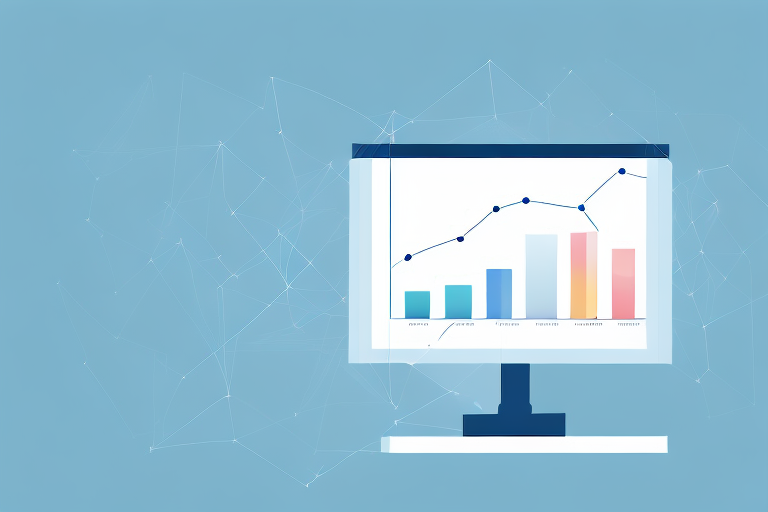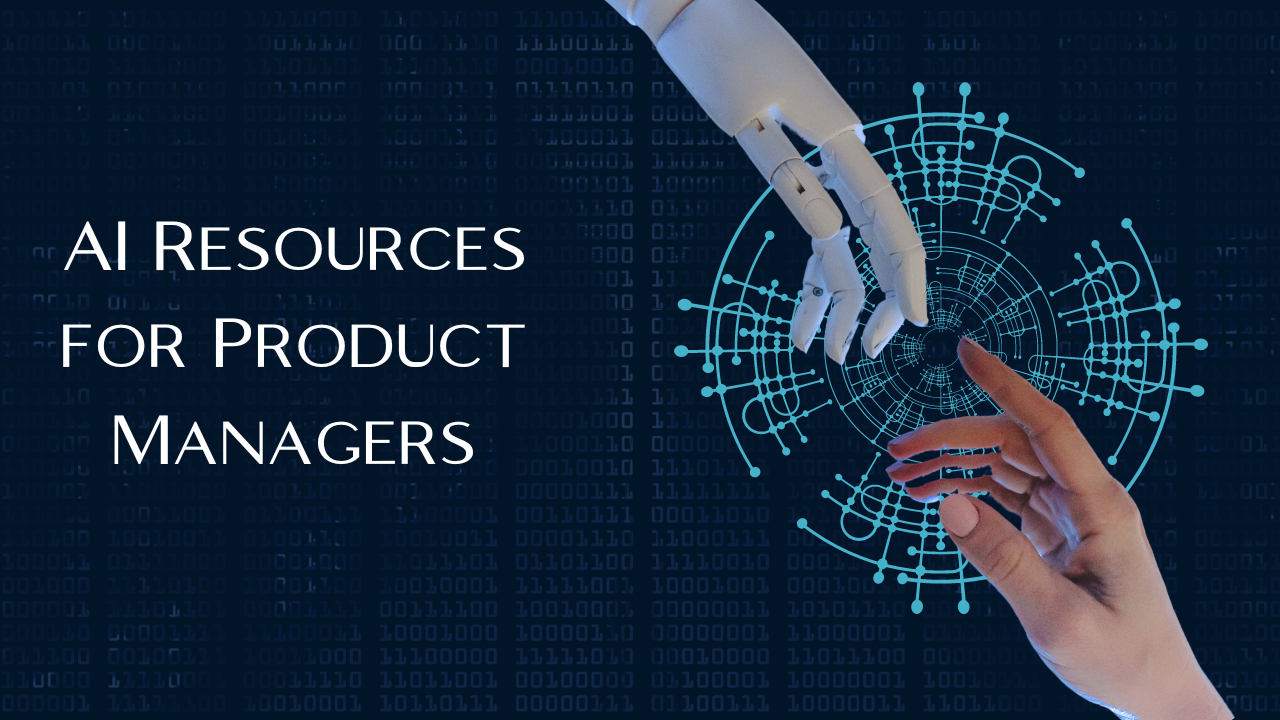Utilizing the Power of Data Analysis for Business Decisions

Businesses of all sizes are increasingly leveraging the power of data analysis to make informed decisions. The ability to collect, analyze, and interpret data quickly and accurately provides businesses with an advantage over their competitors, allowing them to stay ahead of the curve and make decisions that are in line with their goals. In this article, we’ll take a look at the basics of data analysis, explore the various tools and techniques available, and look at the future of data analysis with the advent of Artificial Intelligence (AI).
Understanding the Basics of Data Analysis
Data analysis is the process of collecting and analyzing data to uncover trends and patterns. By identifying these patterns, businesses can gain valuable insights on their customers, operations, and competitors. This data can then be used to make decisions about a variety of topics, such as marketing campaigns, product development, and pricing strategies.
To effectively analyze data, businesses will need to first identify the data sources available to them. These sources can include internal sources, such as customer databases or sales reports, or external sources, such as market research or industry trends. Once these sources have been identified, businesses should then decide which specific data points they want to analyze. This could include customer purchases, web traffic, or even social media engagement.
Once the data has been identified and gathered, businesses will then want to apply the appropriate tools to analyze it. This could include descriptive statistics such as averages or distributions, predictive analytics such as regression analysis or machine learning algorithms, or visualizations such as graphs or charts. Once these tools have been applied, businesses will be able to draw meaningful conclusions from their data and use it to inform their decision-making process.
It is important to note that data analysis is an ongoing process. As businesses collect more data, they should continue to analyze it to uncover new insights and trends. Additionally, businesses should also be aware of the potential ethical implications of data analysis, such as privacy concerns or bias in the data. By understanding the basics of data analysis, businesses can use data to make informed decisions and gain a competitive advantage.

Become a Product Manager
Learn from top industry experts, get access to 1 year placement support and transition into product management at India's top tech companies.
Exploring Data Analysis Tools and Techniques
Data analysis tools and techniques have come a long way over the years. There are now many different tools available to businesses, ranging from simple spreadsheets to sophisticated machine learning algorithms. Each tool has its own strengths and weaknesses, so it’s important for businesses to consider which tool will best suit their needs.
Spreadsheets are one of the most common data analysis tools used by businesses. They provide an easy way to organize and analyze data, and can be used for both basic and complex tasks. For example, a business could use a spreadsheet to calculate customer retention rates or compare sales figures across different regions.
More advanced tools such as predictive analytics and machine learning algorithms can also be used to uncover valuable insights from data. Predictive analytics utilize statistical models to identify patterns in data and make predictions about future events. Machine learning algorithms use algorithms to “learn” from data, identifying patterns that may not be visible to the human eye.
Finally, visualizations can be used to present data in an easy-to-understand manner. Visualizations such as graphs and charts allow businesses to communicate their findings in an engaging way that is conducive to decision making. Additionally, visualizations can be used to identify trends or correlations in data that may not be apparent when looking at raw data.
Data analysis tools and techniques are constantly evolving, and businesses should stay up to date on the latest developments in order to make the most of their data. By leveraging the right tools and techniques, businesses can gain valuable insights that can help them make better decisions and improve their operations.
Utilizing the Power of Data Analysis for Business Decisions
Once businesses have identified the data sources they will be using and selected the appropriate tools for analysis, they can start to use the insights from their data analysis to inform their decision making process.
For example, if a business is looking to launch a new product or expand into a new market, they can use data analysis to identify customer demographics or market trends that could potentially impact their decision. By leveraging the power of data analysis, businesses can make smarter decisions that are more likely to lead to success.
Data analysis can also be used to identify areas of improvement within the business. By analyzing customer feedback, sales data, and other relevant metrics, businesses can identify areas where they can improve their products or services. This can help them to stay competitive in the market and ensure that they are providing the best possible experience for their customers.
The Future of Data Analysis: What’s Next?
Data analysis is constantly evolving, thanks in part to advances in technology. The rise of artificial intelligence (AI) has made it possible for businesses to automate their data analysis processes and gain even more insights from their data. AI can analyze vast amounts of data quickly and accurately and uncover patterns that would be difficult for humans to recognize.
AI-powered tools are becoming increasingly accessible to businesses of all sizes. These tools are capable of automating mundane tasks such as data collection and cleaning, enabling businesses to spend more time on meaningful analyses. Additionally, AI-powered tools can provide real-time insights that can be used to inform decisions in near-real time.
The future of data analysis looks bright, with more and more businesses leveraging AI-powered tools to gain insights from their data. As AI technology continues to improve, businesses will be able to gain even more insights from their data, allowing them to make better decisions and stay ahead of the competition.
Automating Data Analysis with Artificial Intelligence
AI-powered tools have made it possible for businesses to automate many aspects of data analysis. By automating mundane tasks such as data collection and cleaning, businesses can save time and resources that would otherwise be spent on manual processes. Additionally, AI-powered tools can provide real-time insights that can be used to inform decisions in near-real time.
AI-powered tools have made it possible for businesses of all sizes to leverage the power of data analysis for decision making. By automating mundane tasks and providing real-time insights, businesses can save time and resources while making smarter decisions that are more likely to lead to success.
AI-powered tools can also help businesses identify trends and patterns in their data that may have otherwise gone unnoticed. This can help businesses make more informed decisions and stay ahead of the competition. Additionally, AI-powered tools can help businesses identify potential risks and opportunities that may not have been visible before.

Become a Product Manager
Learn from top industry experts, get access to 1 year placement support and transition into product management at India's top tech companies.



